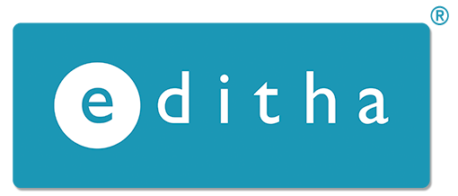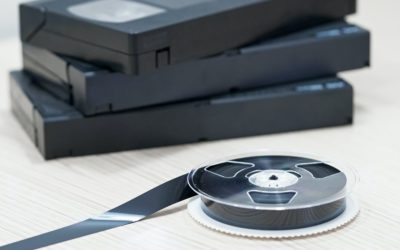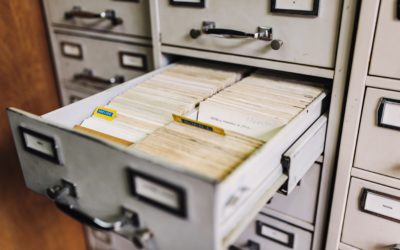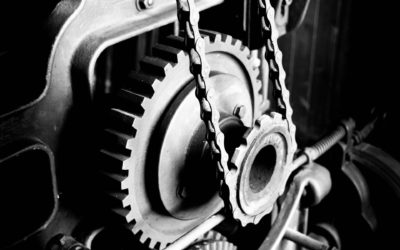Among the points discussed in the draft of the new Regulation on machinery products, we also find the proposal for manufacturers to provide the entire documentation that accompanies machinery products only in digital format. This proposal is based on the idea of reducing the monetary and environmental impact of paper-based documentation, which cannot longer be postponed.
When we talk about paper-based documentation, we are not only considering the environmental impact of the production of raw materials (deforestation), but also the amount of water and energy needed to produce cellulose, and the resource consumption involved in the entire production chain. In addition to this, we should take into account the printing process and the subsequent, significant step of disposal of paper waste: tons of emissions that could be avoided if the user were provided with a fully searchable online documentation, instead of traditional paper manuals.
After all, throwing away immediately the instruction and user manuals of small or large household appliances in favour of consulting the online version when needed is already a common habit for many people and it’s something that resembles a sort of “decluttering” in the technical field. What if, starting from this, we seriously considered digitalising all the documentation of machinery products?
Some figures
- 700: the trees used daily by an average paper factory;
- 440: the litres of water needed to produce 1 kg of cellulose paper;
- 7.6: the kWh of electricity supply needed to produce 1 kg of cellulose;
- 50% to 60%: this is the current rate of paper recycling. This means that almost half of the paper produced is not reused and ends up in our dumps.
Difficulties
Is it really feasible to move towards to even a partial digitalisation of the technical documentation? Those revising the draft of the Regulation on machinery products are wondering the same thing.
One of the risks to be considered is that some users might be less digitally savvy and, when it comes to security, nobody can be left behind. We have come a long way in the digital literacy education journey, however, there is still a large part of the population that risks being cut off in this process. This issue is not only linked to a generational gap but also to a lack of access to technologies. This is why, the risk of excluding people from accessing documentation of the first importance, such as in this case, seems to be an almost insurmountable obstacle.
The European institutions are discussing the amendments to the draft of Regulation on machinery products and should soon express their view on this very important issue that will have a great impact on future choices of manufacturing companies.
Predictions
If digitalisation will be approved and becomes official in the final version of the new Regulation, this could bring real benefits for users and manufacturing companies. Here are some of them:
- it will be easier to consult and retrieve information;
- it will be possible to filter information;
- it will be possible to change language;
- it will be possible to add videos and animations;
- it will be possible to exchange data from one system to the other;
- it will be easier to troubleshoot.
It is because of the digitalisation of information that many companies have chosen CMS (Content Management Systems) to organise their technical documentation. These systems allow the author to split information into modules that can be easily reused across different documents and formats, laying the basis for the migration of information on digital platforms in the future.
Conclusion
The introduction of digital platforms for technical documentation management will establish new and more advanced technological standards for the documentation sector and we think it is good not to get caught unprepared. The best advice we can give you is to let a specialised company update you on new the technologies available and guide you in this migration journey.
In Editha, we keep ourselves posted on the directives and regulations in force and we would be happy to foster this kind of innovation! We will be at your side during the migration from paper-based to digital documentation and we will help you with the creation of well-organized, versatile and accessible digitalised documents.
© Editha S.r.l. – This post and its content are copyright of © Editha S.r.l. 2022. All rights reserved.





0 Comments